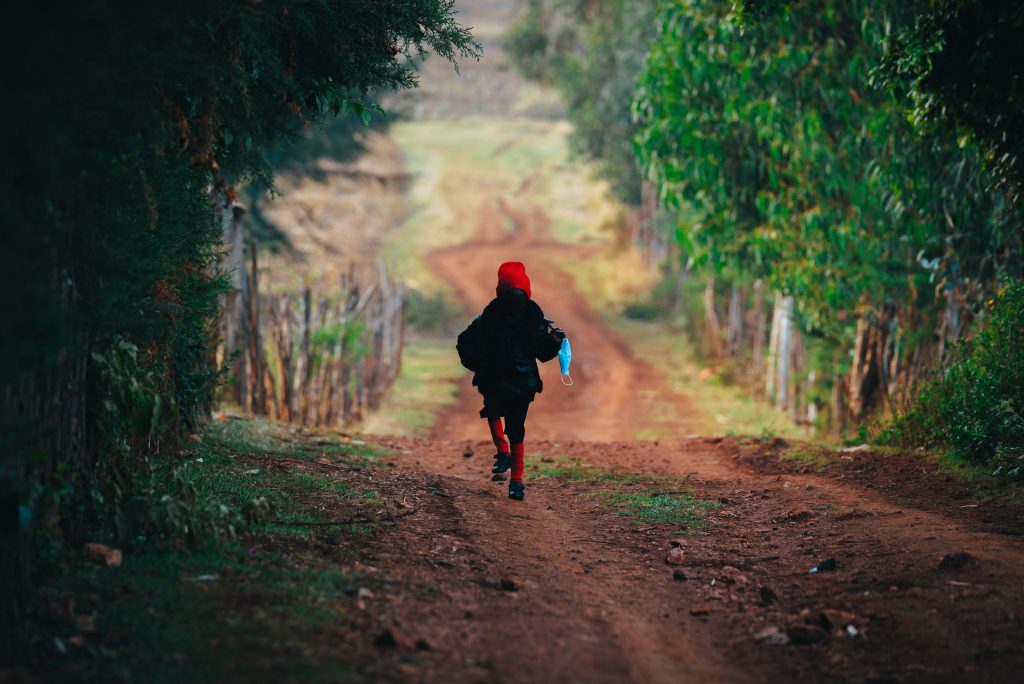More than a quarter of menstruating women and girls around the world – some 500 million people – struggle to manage their periods, often because they cannot afford sanitary pads, according to the World Bank.
Concern about “period poverty” has fuelled campaigns globally calling for the end of the so-called tampon tax, which refers to consumption levies such as value-added tax (Vat) that most countries charge on items such as sanitary pads, tampons, panty liners and menstrual cups.
In some countries, period products are considered non-essential items for Vat purposes, while items including toilet paper, condoms and over-the-counter medicines are tax-free or carry a lower levy.
Here’s what you need to know about tampon taxes around the world.
Which countries have abolished the tampon tax?
Since Kenya became the first country to scrap Vat on sanitary pads and tampons in 2004, at least 17 countries have followed suit, according to research by the Thomson Reuters Foundation.
Among the latest countries to pass laws to abolish the tampon tax are Mexico, Britain and Namibia.
Another 10 countries have designated sanitary products as tax-exempt goods or have exempted the tax on imported raw materials used to make them.
Advocates against period poverty usually campaign for sanitary products to be zero-rated for VAT, as this means producers can also claim back taxes on raw materials, making the final product truly tax-free.
Although Tanzania and Nicaragua had also scrapped the tax on period products, both countries reintroduced it in 2019.
Mainly in Europe, 17 countries have reduced the Vat on sanitary products, with Italy the latest to do so this year.
The European Union last year revised a directive that previously only allowed member states to reduce VAT on sanitary products by 5%. The change means nations can now apply lower tax rates to some goods.
In tampon tax pioneer Kenya, free distribution of period products in schools is included in the annual budget, though campaigners say the supply is patchy.
Elsewhere in Africa, free pads are provided to schoolgirls in South Africa, Botswana and Zambia.
Why are some countries unwilling to scrap tampon taxes?
Vat is an important source of revenue for governments – and the reason why many countries still have a tampon tax. In countries belonging to the Organisation for Economic Co-operation and Development (OECD), Vat revenue represented 6.7% of their gross domestic product (GDP) in 2020.
Vat rates vary widely from country to country – from 5% in Canada to up to 27% in Hungary – and governments often have different definitions of what is considered an essential good that is exempted from the levy.
In nearly two dozen U.S. states, menstrual products still carry a general sales tax (GST), similar to Vat, that is levied on all consumer goods and services, said Laura Strausfeld, executive director at Period Law, a non-profit organisation involved in law and policy work to end the tampon tax in the United States.
Several other US states have no such levy.
Advocates also say that in countries where menstruation remains a taboo subject, lawmakers and policymakers show little interest in starting a debate about the affordability of period products.
What comes next?
In the United States, advocates said there is growing political will to remove the sales tax in states where it is still imposed, such as Texas, where a bill to scrap it won preliminary approval in March.
From Chile to the Czech Republic there are ongoing efforts to slash the tax, as well as bills to distribute free products in schools, such as the Dignified Menstruation Law in Mexico.
“This is actually the first year that this (removing the tax in all states) can happen. In 2023, there are 22 states left and all of them are on a path towards removing the tax,” said Strausfeld.
Some women’s rights advocates say the distribution of free pads may ultimately be the only way to ensure access to period products.
In 2022, Scotland became the first nation to make tampons and sanitary pads free and available at designated public places, such as community centres, youth clubs, and pharmacies.

